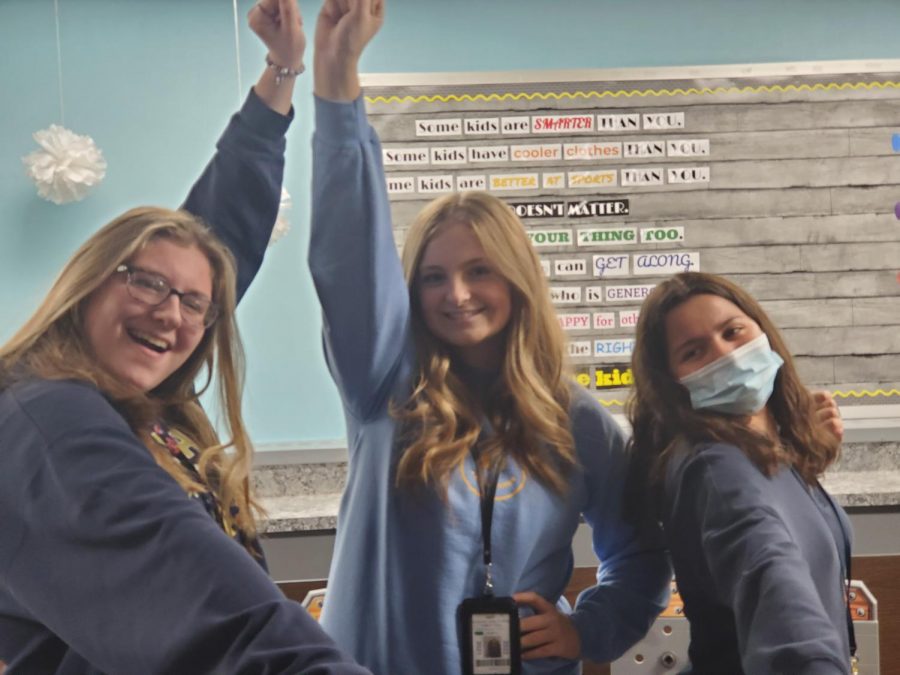Breaking The No. 1 Rule Of The Fight Club
November 17, 2021
It’s time to break the first and second rule of Fight Club, as fighting in school is happening now more than ever.
Both students and staff are becoming concerned as to the recent increase in the number of school fights. But, it seems as though students are getting particularly tired of the fighting, as some have even begun to take a stand against their peers in an attempt to put a stop to it all. But, why do students choose to fight? Does peer intervention change anything? Activities Director Jeff Miller and sophomore Logan Jellison provide insight into the lives of students and staff at EHS in order to help answer these questions.
“I believe that teenagers are inherently confused already because it’s such a volatile stage of maturation physically, emotionally, and spiritually,” says Miller. He has both witnessed and dealt first-hand with multiple school fights this year. As a result, he often sees how school fights start and wants to provide information to help others understand why students fight and how both students and staff members could be able to help. “They’re in a stage where they’re learning to navigate who they are,” Miller explains. “In a world full of problems, that could make it harder for them. Everything that’s happened in the world and in our schools in the last few years is added to that,” he goes on to say. “It provides so many additional obstacles. Trying to deal with extreme emotions can be hard, so some people resort to fighting.”
But, is this how students see the situation? Do they view their reasons for fighting the same way adults do? Sophomore Logan Jellison provides a student opinion on the situation. “I think students start fights because of holding in anger,” he asserts. “They’ve been holding all this anger in, so little things could cause all that anger to come to the surface. Sometimes with all that’s going on,” Jellison continues to explain, “they get angry and don’t know how to handle it any other way.” As for how to stop it from occurring in the first place, Jellison believes that other students could be the answer. “Often times, they don’t listen to teachers when they step in to try and break up the fights.,” he admits. “But, when their peers step in and ask them to stop, a lot of times they listen.”
While entertaining for some to watch, Jellison notes that it is time to move beyond that primal instinct. “School fights are getting a little old now–and a lot of us are tired of it,” he stresses. “I’d say it’s about time for us to voice this opinion and make ourselves heard in this situation.”
As long as it doesn’t put another student in danger, Miller couldn’t agree more. “I think that, as teachers, it’s our job to encourage students to voice their opinions and stand up for their side in a conflict,” Miller adds in. “I’ve witnessed several students step in and put a stop to a fight before teachers could even get to the scene.” With a sense of pride in his voice, Miller goes on to say, “It’s amazing the amount of power students have in situations like this. I think a lot of students didn’t even know that they were able to do that, since often they’ve been told since kindergarten that they shouldn’t intervene. But,” he concludes, “I think that if students are really passionate about things like this, we should encourage them to take a stand.”
Rule No. 9–no more Fight Club.








